The role of Spanish NGOs in responding to the DANA emergency
April 2, 2025
UK’s June Fundraising Convention offers EFA members discounted tickets
April 2, 2025For the latest instalment of our Spotlight on Civic Space series, president of the Italian fundraising association ASSIF, Michela Gaffo shares insights into how Italian nonprofits are responding to pressures.
In Italy, nonprofit organizations have been an essential pillar of welfare services for the whole community since the foundation of the Republic in 1946. In recent years, due to the emerging social challenges (such as the sharp rise of the poverty rate; the increase in the average age of the population; and the migrant crisis) this leading role has become more and more important.
Finally, after years of struggle to see this role recognized and rewarded at a political and fiscal level, a new law, the so-called “Third Sector Reform”, came into force in 2017.
The law included recognition of the role of fundraising and fundraisers, more structured tax relief for donations (in kind and in money) and for commercial activities (meaning they were no longer taboo for nonprofit organizations).

Michela Gaffo, ASSIF
However, its implementation has taken many years, and the last government also introduced a series of challenges that further limited the capacity of nonprofit organizations to sustain themselves and continue their work.
Shrinking of public investments
Even if the path to fully accomplishing the Reform seems to be in progress, steps have also been put in place to shrink public investments in social projects. 2024-25 alone saw: a confusing and punishing VAT regime introduced for nonprofit organizations, suspended for two years but without any sign of strategic thinking; continuation of the the state-imposed limit to Italy’s tax-efficient giving scheme – 5 per mille or 5×1,000; a severe shrinking in resources for the Educational Poverty Fund; and finally, a cut in tax reliefs for donations to Third Sector entities that we expect to have an impact on funds from private major donors.
In a context of reduction of public expenditure in health, civil rights and social services, this is a clear sign of a strong will to weaken the social bodies that inform our society.
Space(s) for the community
The use of public space is crucial to address the civic development of the community. That was evident to lawmakers when in 2017 they wrote the reform law about the Third Sector with a huge tax relief provided for donations to organizations that work in assets confiscated from organised crime.
The problem? It took five years to define the practical application of these dispositions, and to date only three projects have been granted financing.
This is only one example of the disregard that national and local authorities have towards the public re-use of abandoned spaces: during the last few years, many social entities and collectives that have built social projects by involving communities and beneficiaries have been ostracized and have lost their spaces. The pressure of these measures impacts fragile people and marginalized groups.
The story of the Women’s House “Lucha y Siesta” in Rome – a cultural hub and women’s shelter – is representative of this: despite being in a public abandoned building, administrations keep asking for the space back, putting many women at risk as well as the project’s innovative model of social intervention.
Organizations’ resilience
Nonprofit organizations have already started responding to these threats to their funding streams, their spaces and projects and, eventually, their own existence.
First, they are more conscious than in the past of the need to adopt a strategic thinking and approach to fundraising: ASSIF Associazione Italiana Fundraiser for example is actively involved in the development of a giving culture, among the sector and the public.
In this, they are supported by the rise of new forms of giving by private philanthropy: support to grassroots organizations, trust-based funding, and use of equalizing capital.
They are also pushed to new collective governance models, where the will to establish a solid net is strong: this is crucial to survive, and to tackle the anti-civic policies that are rising.
Picture: by Robert Casazza on Pexels





